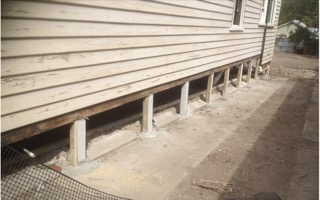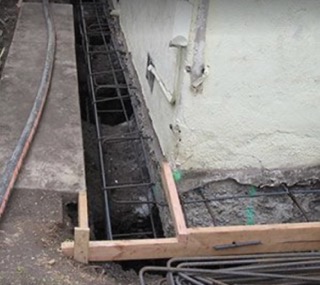

What is Restumping?.
When it comes to building construction, a strong and stable foundation is paramount. One crucial aspect of maintaining a solid foundation is restumping. In this blog post, we will delve into the world of restumping, exploring what it entails and why it is essential for the longevity and structural integrity of your building. What is Restumping? Restumping, also known as reblocking , is the process of replacing or reinforcing the existing stumps or foundations of a building. Over time, various factors such as soil movement, moisture, and natural wear and tear can cause the stumps to deteriorate or become unstable. Restumping involves lifting the building, removing the old stumps, and replacing them with new, more robust stumps to ensure a solid foundation. Why is Restumping Important? 1. Structural Stability: Restumping is crucial for maintaining the structural stability of a building. Weak or damaged stumps can lead to uneven floors, cracks in walls, and doors and windows that no longer close properly. Restumping helps to rectify these issues, ensuring that your building remains structurally sound. 2. Prevents Further Damage: Ignoring foundation problems can lead to more severe issues down the line. Restumping addresses the root cause of the problem, preventing further settlement, structural damage, and potential hazards. By taking timely action, you can save yourself from costly repairs in the future. 3. Enhances Property Value: A building with a solid foundation is highly desirable in the real estate market. Restumping not only improves the safety and stability of your property but also enhances its value. Potential buyers or tenants will appreciate the peace of mind that comes with knowing the foundation has been properly addressed. 4. Longevity: Restumping extends the lifespan of your building. By replacing weak or deteriorated stumps, you ensure that the structure can withstand the test of time. This is particularly important in areas prone to soil movement or other environmental factors that can impact the foundation. Conclusion: Restumping is a vital process in building construction that involves replacing or reinforcing the stumps or foundations of a building. It ensures structural stability, prevents further damage, enhances property value, and extends the longevity of the structure. If you notice signs of foundation issues such as uneven floors or cracks, it is crucial to consult professionals who can assess the situation and provide the necessary restumping services. By investing in restumping, you are investing in the long-term health and stability of your building.

Masters restumping & underpinning
Last Blog


What is Restumping?

Add Comment